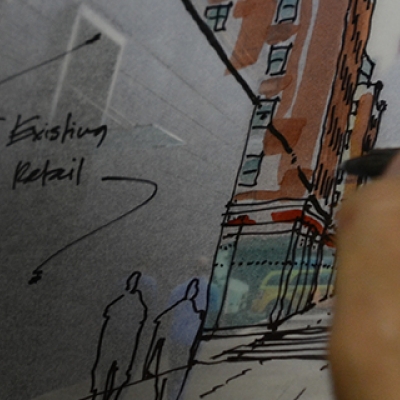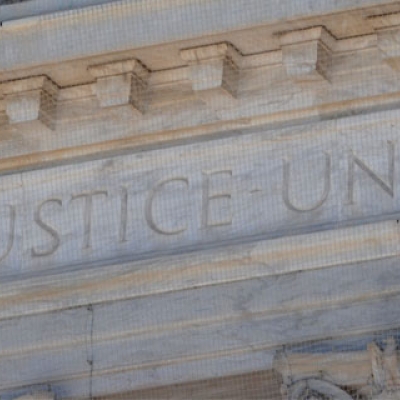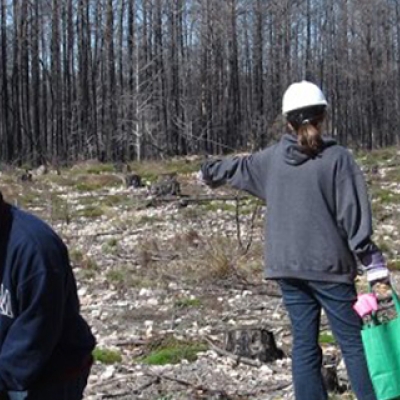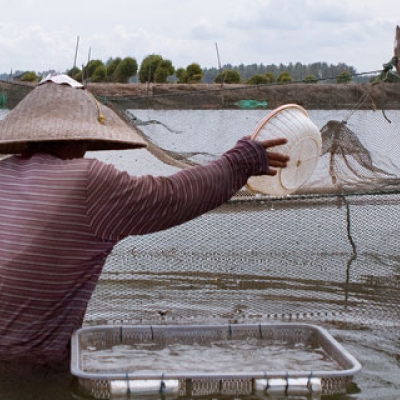
Contrasting Two Models of How Places Survive
By Charles R. Wolfe / On October 11th, 2013
Two September experiences reminded me of the strength and fragility of urban places, and the inherent ironies of surviving town forms. One such experience was here, at home, while preparing for a keynote address in New Hampshire scheduled for later this month. The other was on the road in southern France.







